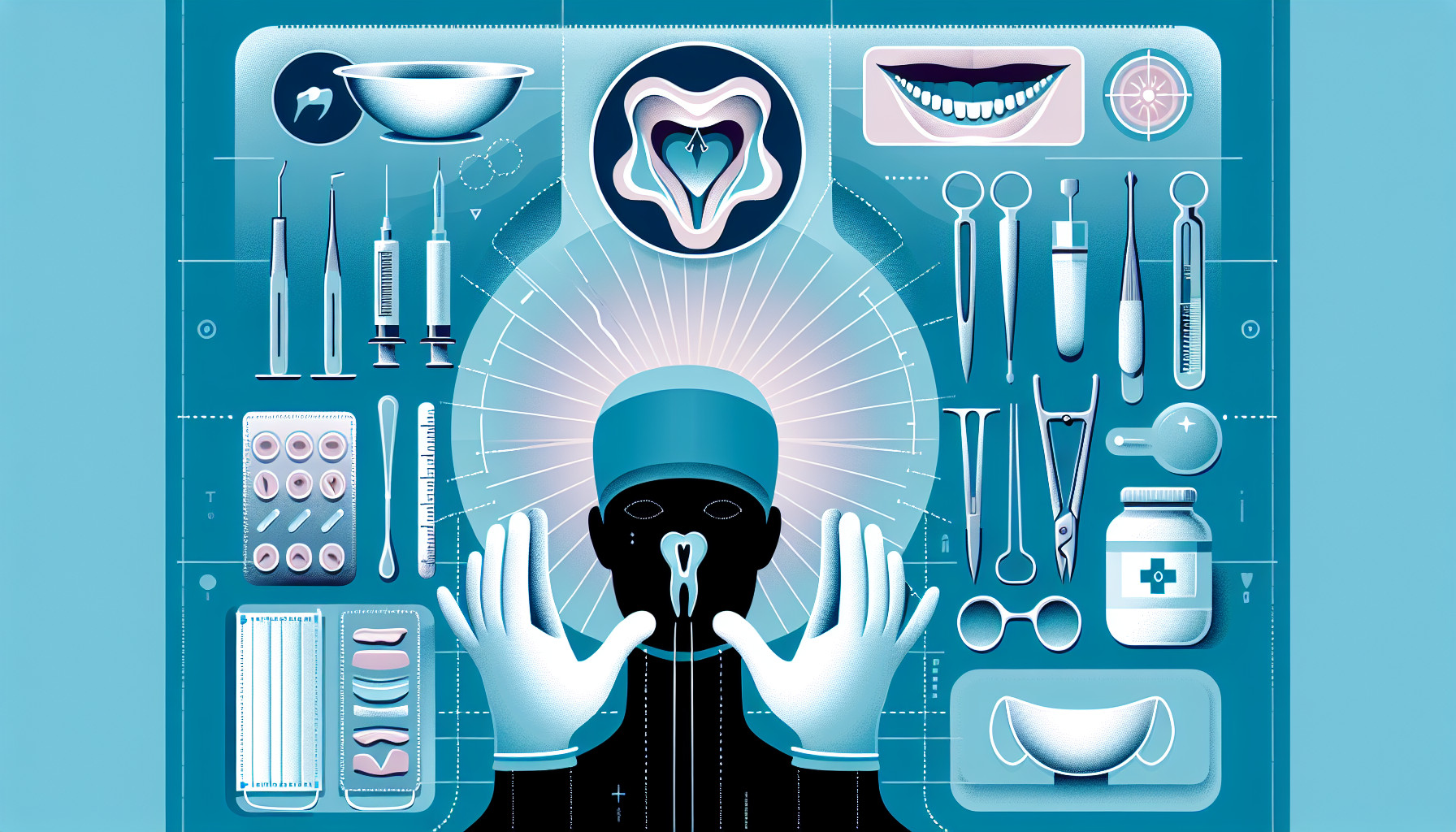Our Summary
This study is about the current practices, techniques, and innovations used in alveolar ridge augmentation (ARA) - a surgical procedure used to rebuild the gums and jaw - in Germany. A survey was conducted among 1,863 oral and maxillofacial surgeons, with about 324 participating. Most of these surgeons work in private practices.
The results showed that the majority of the surgeons perform more than 200 implants a year. They also revealed that Cone-beam computed tomography, a type of X-ray used in dental procedures, is the most preferred imaging method.
In terms of surgical techniques, external and internal sinus lift and bone block augmentation are the most common. Most surgeons use bone grafts from the patient’s own mouth for ARA.
Interestingly, platelet-rich fibrin (PRF), a substance derived from the patient’s own blood and used to promote healing, is used by over half of the surgeons, mostly in sinus lift procedures.
The study also found that most surgeons believe that the surgical technique and the surgeon’s experience are the most critical factors for ARA success.
In conclusion, the study shows that there are standard practices and many variations in the way ARA is performed in Germany. It highlights the importance of surgical training and careful patient selection for successful outcomes.
FAQs
- What is the most preferred imaging method by oral and maxillofacial surgeons in Germany?
- What are the most common surgical techniques used in alveolar ridge augmentation?
- What do most surgeons consider as the most critical factors for the success of an ARA procedure?
Doctor’s Tip
A helpful tip a doctor might give a patient about oral surgery is to follow all pre-operative and post-operative instructions carefully. This includes avoiding certain foods or activities before surgery, taking prescribed medications as directed, and keeping the surgical site clean to prevent infection. It’s also important to attend all follow-up appointments to ensure proper healing and address any concerns.
Suitable For
Patients who may be recommended for oral surgery include those who need dental implants, have impacted teeth, need wisdom teeth removal, have jaw-related issues such as TMJ disorders, require corrective jaw surgery, have facial trauma, need bone grafting, or have issues with their gums such as periodontal disease. Oral surgery may also be recommended for patients with certain medical conditions that affect their oral health.
Timeline
Before oral surgery:
- Patient consults with oral and maxillofacial surgeon to discuss treatment options.
- Surgeon conducts a thorough examination and may request imaging tests such as Cone-beam computed tomography.
- Treatment plan is developed and explained to the patient, including any pre-operative instructions.
- Patient may need to undergo pre-operative tests or evaluations before the surgery.
- Patient is given instructions on what to eat or drink before the surgery, as well as any medications to avoid.
After oral surgery:
- Patient is monitored in the recovery room until they are stable.
- Surgeon provides post-operative instructions including pain management, oral hygiene, and diet restrictions.
- Patient may experience swelling, bruising, and discomfort in the days following surgery.
- Follow-up appointments are scheduled to monitor healing and remove any sutures.
- Patient may be prescribed antibiotics or pain medication to aid in recovery.
- Patient gradually resumes normal activities and diet as instructed by the surgeon.
- Patient returns for follow-up visits to ensure proper healing and assess the success of the surgery.
What to Ask Your Doctor
Some questions a patient should ask their doctor about oral surgery, specifically alveolar ridge augmentation, include:
- What are the potential risks and complications associated with this surgery?
- How many times have you performed this procedure, and what is your success rate?
- What type of imaging method will be used to plan and evaluate the surgery?
- Will I need a bone graft, and if so, where will the bone come from?
- Will platelet-rich fibrin be used in my surgery, and how does it benefit the healing process?
- What is the expected recovery time and post-operative care plan?
- Are there any alternative treatments or techniques that could be considered for my specific case?
- How long will the results of the surgery last, and are there any long-term considerations I should be aware of?
- What can I do to prepare for the surgery, and are there any dietary or lifestyle changes I should make?
- Can you provide me with before and after photos of previous patients who have undergone similar procedures?
Reference
Authors: Pabst A, Wiegner J, Schneider M, Weyer N, Bartella A, Heiland M, Becker P, Zeller AN. Journal: Int J Implant Dent. 2025 Apr 16;11(1):31. doi: 10.1186/s40729-025-00619-5. PMID: 40237976
